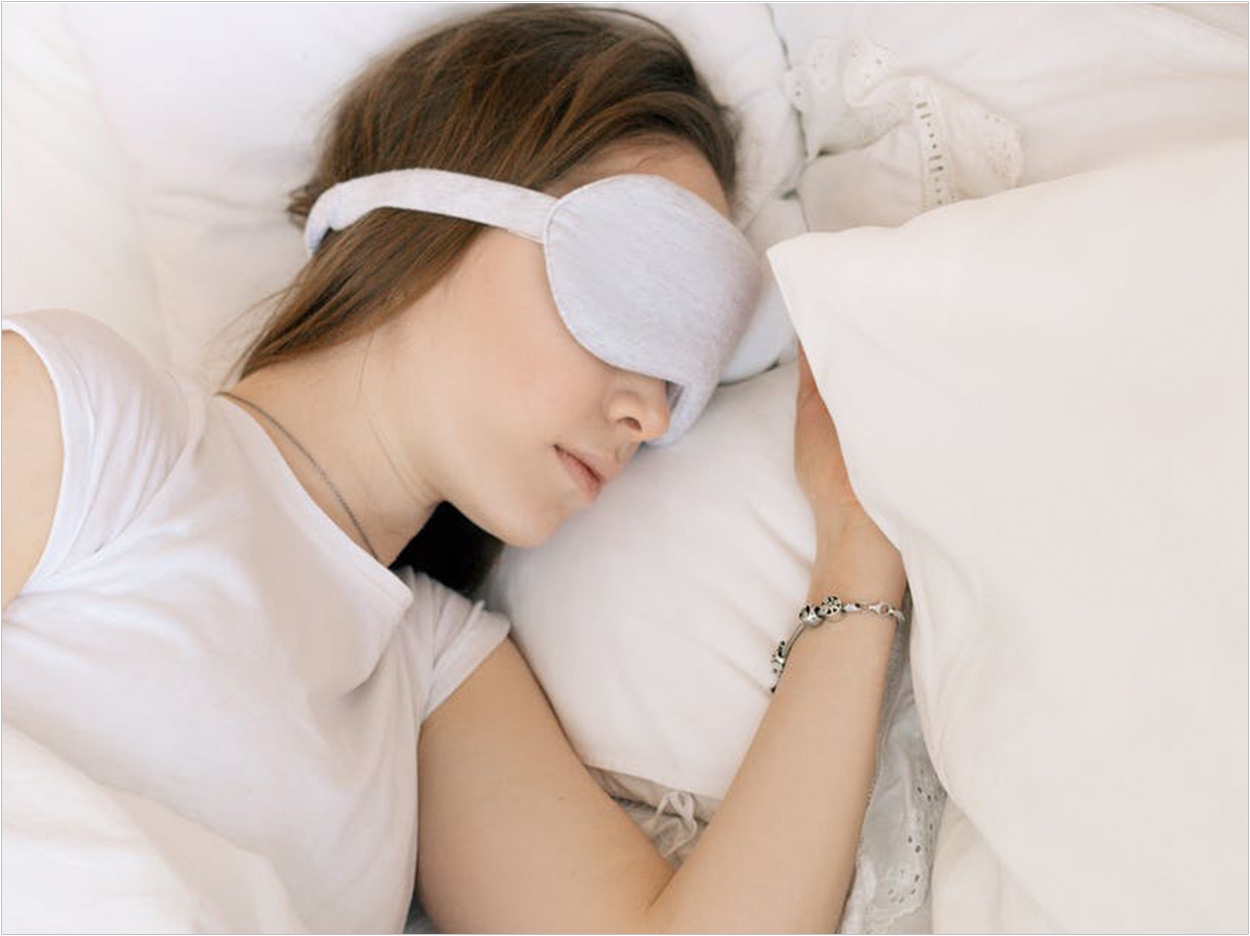
Nearly 70% of Americans who sleep with a bed partner report that their partner snores while sleeping, according to a 2021 survey by the American Academy of Sleep Medicine (AASM), which notes that snoring may be an indicator of obstructive sleep apnea (OSA).
“While not everyone who snores has sleep apnea, snoring is a warning sign that should be taken seriously,” said AASM president Dr. Kannan Ramar.
“If your bed partner snores, or if you’ve been told that you snore, then it is important to talk to a medical provider about screening or testing for sleep apnea. Treatment for obstructive sleep apnea can improve overall health and quality of life,” Ramar said.
Nearly 30 million adults in the United States have OSA, the AASM said, and about 23.5 million of those cases are undiagnosed.
According to the survey, 26% of Americans weren’t familiar with OSA at all, and 48% acknowledged that they don’t know its symptoms, which include:
- Snoring: Snoring between apneas is typically noticed by a bed partner.
- Choking or gasping during sleep: When snoring is paired with choking, gasping, or silent breathing pauses during sleep, it’s a reliable indicator of sleep apnea.
- Fatigue or daytime sleepiness: Excessive daytime sleepiness often occurs because sleep apnea causes numerous arousals throughout the night, preventing the body from getting the high-quality sleep it needs.
- Obesity: An adult with a body mass index of 30 higher is considered obese, and the risk of sleep apnea increases with the amount of excess body weight.
- High blood pressure: Between 30% and 40% of adults with high blood pressure also have sleep apnea.
Other common symptoms of OSA include unrefreshing sleep, insomnia, morning headaches, nocturia, difficulty concentrating, memory loss, decreased sexual desire, irritability, or difficulty staying awake while watching TV or driving.
“Delaying treatment for sleep apnea can lead to more serious health problems,” said Ramar. “Fortunately, many of the damaging effects of sleep apnea can be stopped, and even reversed, through diagnosis and treatment by the sleep team at an accredited sleep center, where patients receive care in safe and comfortable accommodations.”
Sleep apnea typically is treated with continuous positive airway pressure as well as oral appliance therapy, positional therapy, and surgery. Treatment can improve quality of life by improving sleep quality; boosting daytime alertness, concentration, and mood; decreasing medical expenses; and improving brain and heart health.
Related Articles
Dental Sleep Medicine Can Improve Overall Health
Combat Dental Problems by Treating Sleep Apnea Patients
How to Talk to Your Patients About Sleep Disordered Breathing












